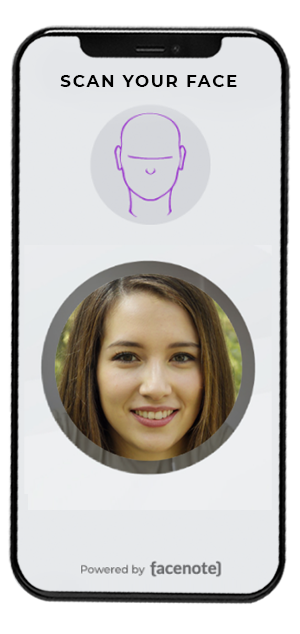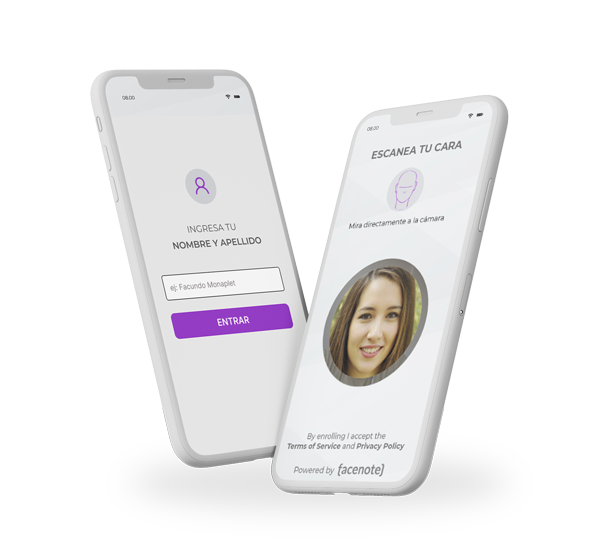In recent years, Face Recognition technology has become increasingly prevalent, with a wide range of applications in various industries.
One of the most promising applications of this technology is in the field of fraud prevention, where it can be used as an effective second factor authentication (2FA) measure to improve security.
Traditional authentication methods like usernames and passwords have proven to be insufficient in many cases, leading to security breaches and fraudulent activities. To address this issue, many companies have implemented 2FA measures, which require users to provide a second form of authentication in addition to their password.

The second factor authentication can be something like a security token, SMS verification code, or biometric authentication like a fingerprint or Face Recognition. While all of these methods are effective, Face Recognition has the potential to be the most user-friendly and secure option.
One of the biggest advantages of Face Recognition is that it is highly accurate, with error rates that are much lower than other biometric authentication methods like fingerprints. This means that the chances of an unauthorized person being able to access a user’s account or device are significantly reduced.
Additionally, Face Recognition can be highly convenient for users, as it doesn’t require them to carry around any additional hardware, like a security token, or to remember any additional passwords or codes. Instead, the user simply needs to show their face to the camera to gain access.
Moreover, Face Recognition is difficult to spoof or fool. Advanced algorithms can detect if a user is attempting to trick the system with a photo, video or mask. This makes it an extremely reliable security measure that can help to prevent fraud and unauthorized access.

In conclusion, Face Recognition technology is a powerful tool for improving fraud prevention and security. As a 2FA measure, it provides a user-friendly and highly secure option for authenticating users, reducing the risk of unauthorized access to sensitive data or systems.
As this technology continues to evolve and become more widespread, it will become increasingly important for businesses to embrace face recognition in order to stay competitive in the rapidly changing world of supply chain management.

